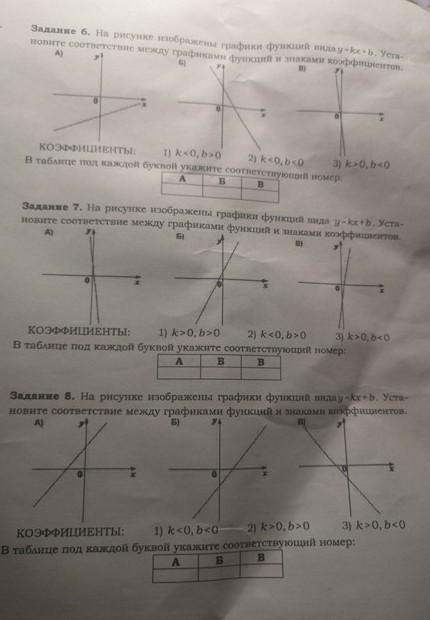помогите пожалуйста, тут легко
Приложения:
Ответы
Ответ:
А Б В
Задание 6. 3 1 2
Задание 7. 2 1 3
Задание 8. 2 3 1
Похожие вопросы
It is not too difficult, in the high-ceilinged elegance of Palazzo Della Valle on the Corso Venezia in Milan, to be seduced by the charms of a certain kind of Italian lifestyle. Here is the headquarters of Tod’s Group, which has become a powerhouse in the marketing of that vision to the world’s wealthy and discerning.
The atmosphere is deliberate: where some Italian fashion houses have expanded ever further into the realms of celebrity and glamour, Tod’s is anchored as firmly as it can be to its family roots and its traditional, hand-made, century-old heritage.
Its signature products – shoes and bags – are made of leather, a raw material that has remained almost unchanged since it was first discovered. A new advertising campaign will take the company back to basics, with a focus on Italian families and their lifestyles – actual Italian families, however rich and privileged – rather than on celebrities.
“The Italian lifestyle is in our DNA, and in our group we believe in our DNA,” says Diego Della Valle, the chairman and chief executive of Tod’s Group.
This image is especially important in new markets, such as China and India, he says. In common with other luxury goods makers he is intent on capturing consumers in those markets who aspire to the same sense of the Italian lifestyle as do customers in more mature markets. “A luxury goods company has to have control of its image,” he says. “For Tod’s, the thing is to communicate this tradition, the generations of work that have gone into our products. For us it’s an absolute priority.”
To achieve it, one must put quality before quantity, and one must maintain the group’s traditions even as it globalises, which it has been doing fairly relentlessly in the past decade.
The challenge is to marry tradition with modernity in a way that not all Italian luxury goods and fashion producers have managed. Tod’s has done it, Mr Della Valle says, by maintaining one key vision: “We’re a luxury goods company, not a fashion company.”
This distinction between fashion and luxury is central to Mr Della Valle’s global ambitions. The two have different products and ought to have different strategies, he says. The competitors he admires most, he says, are Louis Vuitton, Hermes and Chanel.
Mr Della Valle says that the goal in the next five years is “to complete the globalisation” of Tod’s, for which he has been laying the groundwork. “I’d like Tod’s to be much bigger than it is now, without diluting the brand,” he says.
He expects China and India to account for as much as 25 per cent of revenues by then, because the growth potential is much higher than in more traditional markets. “There is a much bigger appetite for luxury goods in those markets than in mature markets, and day by day more people are coming into this market.”
But as for China as a competing producer, Mr Della Valle is sceptical about its ability to produce luxury goods. “It lacks the structure of small companies, the tradition, the concept of excellence” that Italian luxury goods producers have inherited and which they must maintain as a competitive advantage, he says. “Made in Italy doesn’t necessarily mean expensive goods,” he says. “It means excellent goods.”
